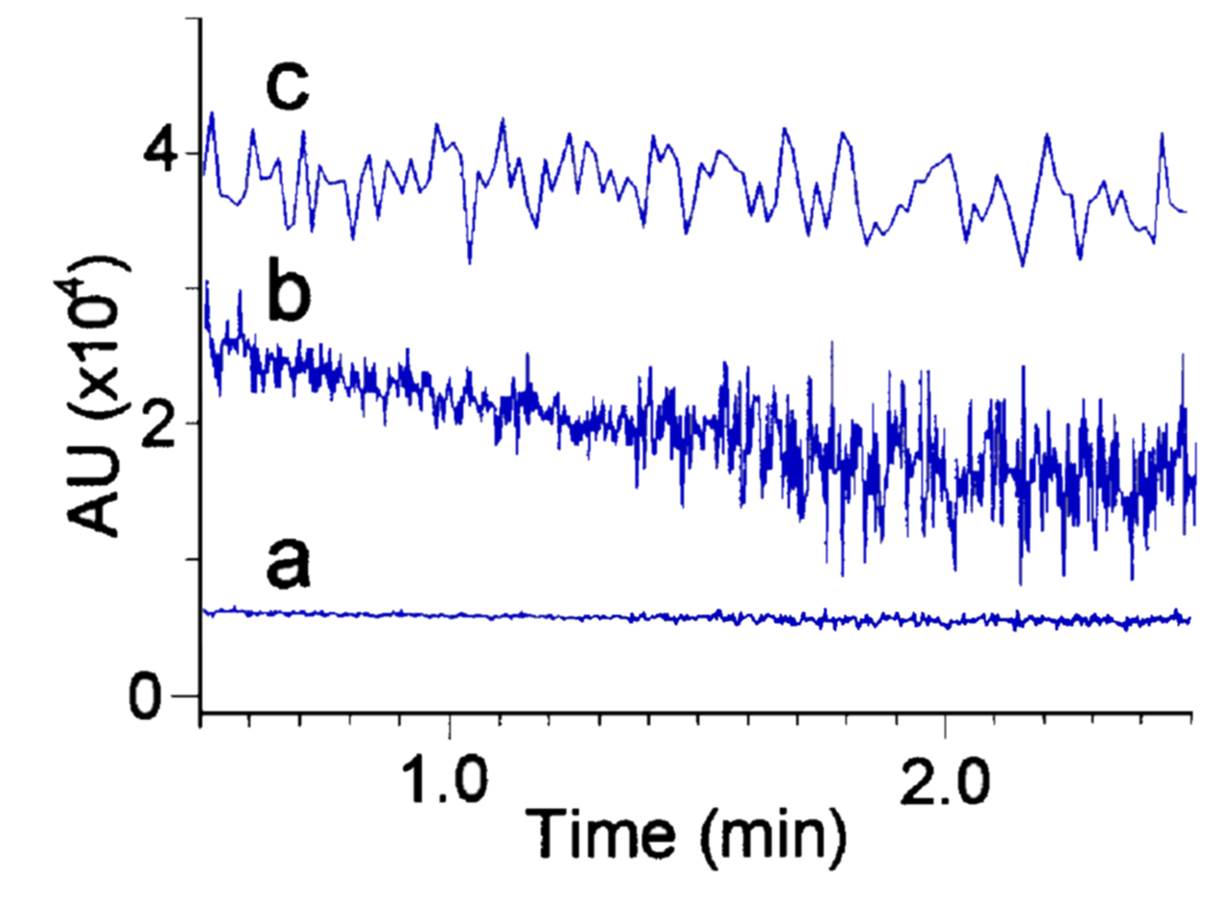For the last few instalments of HPLC Solutions , we’ve been looking at ways to reduce baseline noise. We’ve been particularly focused on noise from electrical sources which tend to reflect the frequency of the power delivered to the laboratory. This results in 60 Hz noise in the US and 50 Hz noise elsewhere in the world. The high-frequency noise of this type is easily reduced by using the built-in time constant in the HPLC detector (HPLC Solutions #112) or the data system sampling rate (HPLC Solutions #113) or a combination of both. The examples we gave were based on a particularly bad power source we had in a previous laboratory. Although the noise was greatly reduced in both cases, it still was not reduced to the point where the detector specifications for noise could be matched. This suggests that another approach to noise reduction might have been more appropriate, and this was one of the motivating factors of moving the laboratory to a facility that had an adequate power supply to support our instrument demands.
With modern HPLC systems, there are many potential sources of noise. The examples of Figure 1 contrast two of these. In Figure 1a, the baseline looks very quiet. When the baseline is expanded by 10-fold in Figure 1b, it can be seen that the noise is ≈ 1 x 10-5 AU, which is about twice the detector specification and quite adequate. Even so, the very spiky, high-frequency noise in Figure 1b would be expected to be reduced by judicious application of the detector time constant, as discussed earlier (HPLC Solutions #112).

Figure 1
Compare the traces of Figure 1a and b to that of Figure 1c. Two distinct differences stand out. First, the noise in Figure 1c is about ten times that of Figure 1a. Second, the type of noise looks quite different. Whereas Figure 1b showed the high-frequency noise that is easily reduced with a noise filter, the reduced frequency of the noise in Figure 1c is unlikely to respond in the same way. The detector time constant may clip the sharp spikes off the high and low points of Figure 1c, but the overall noise band will be largely unaffected, because the noise frequency is too slow to filter out by normal means.
It is likely that the noise in Figure 1c is from a different source than that of Figure 1a and b. I suspect that the detector lamp is degrading. I would check the lamp energy meter on the detector as well as the number of hours on the lamp. UV lamps should last for 1000 hr or more. If the lamp energy is low or the lamp has more than 800-1000 hr on it, I would replace the lamp and see if the problem is corrected.
This blog article series is produced in collaboration with John Dolan, best known as one of the world’s foremost HPLC troubleshooting authorities. He is also known for his research with Lloyd Snyder, which resulted in more than 100 technical publications and three books. If you have any questions about this article send them to TechTips@sepscience.com




